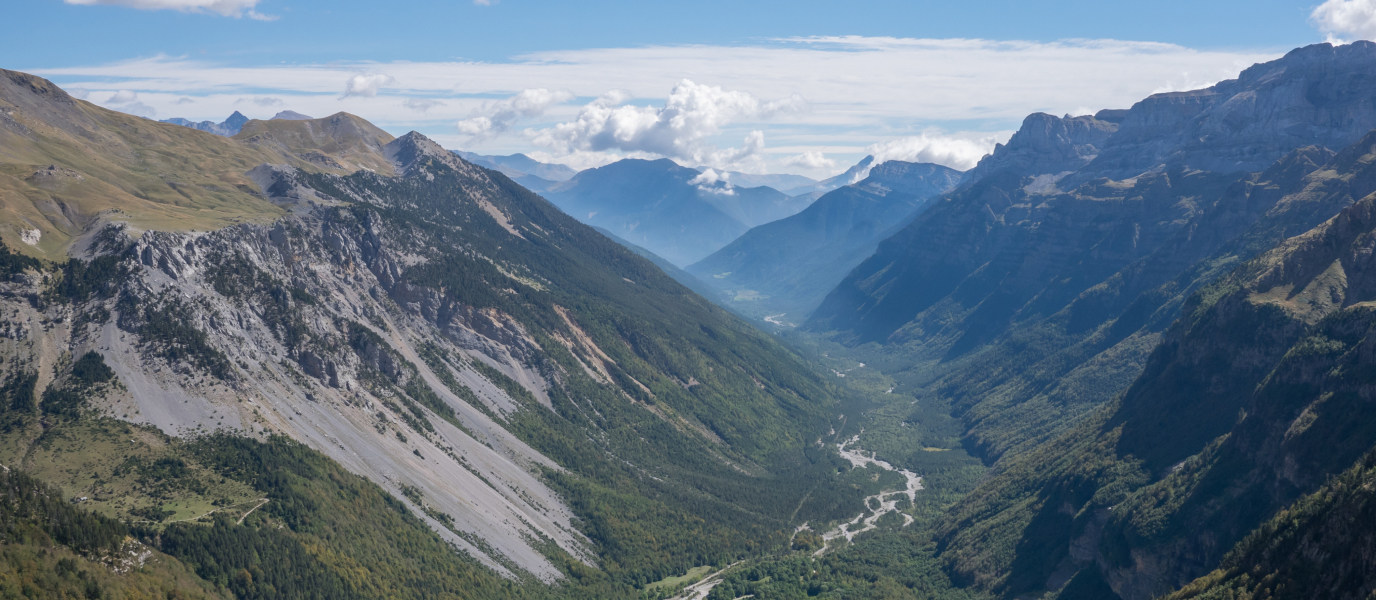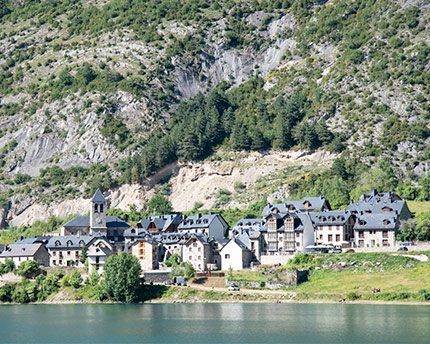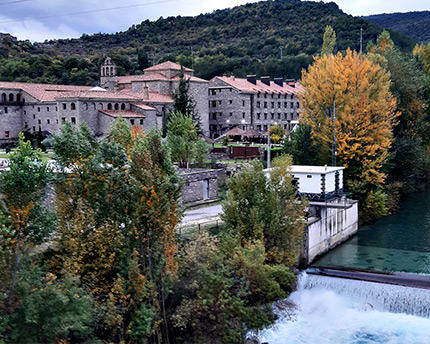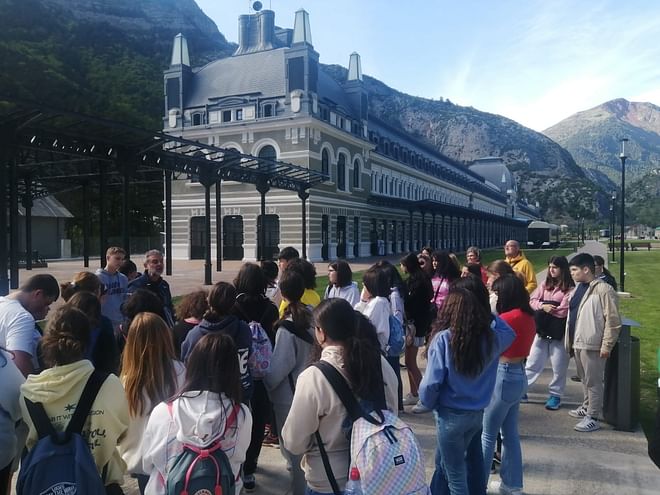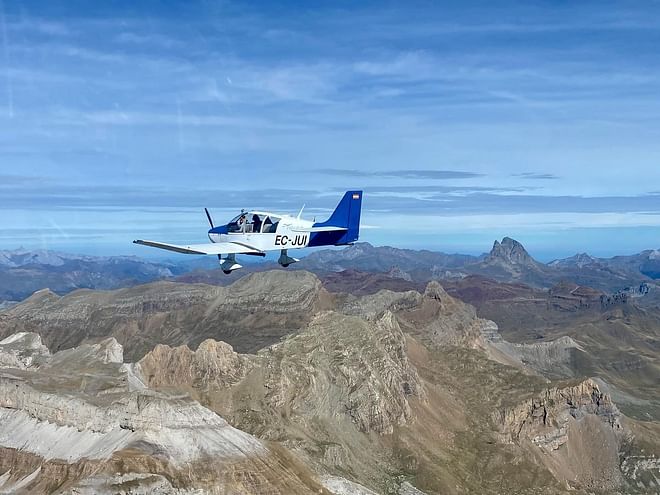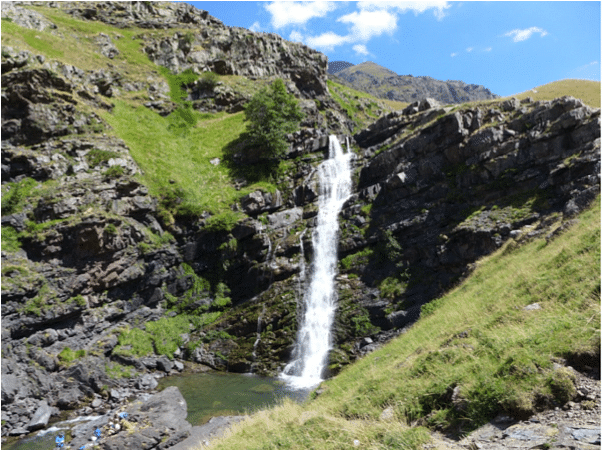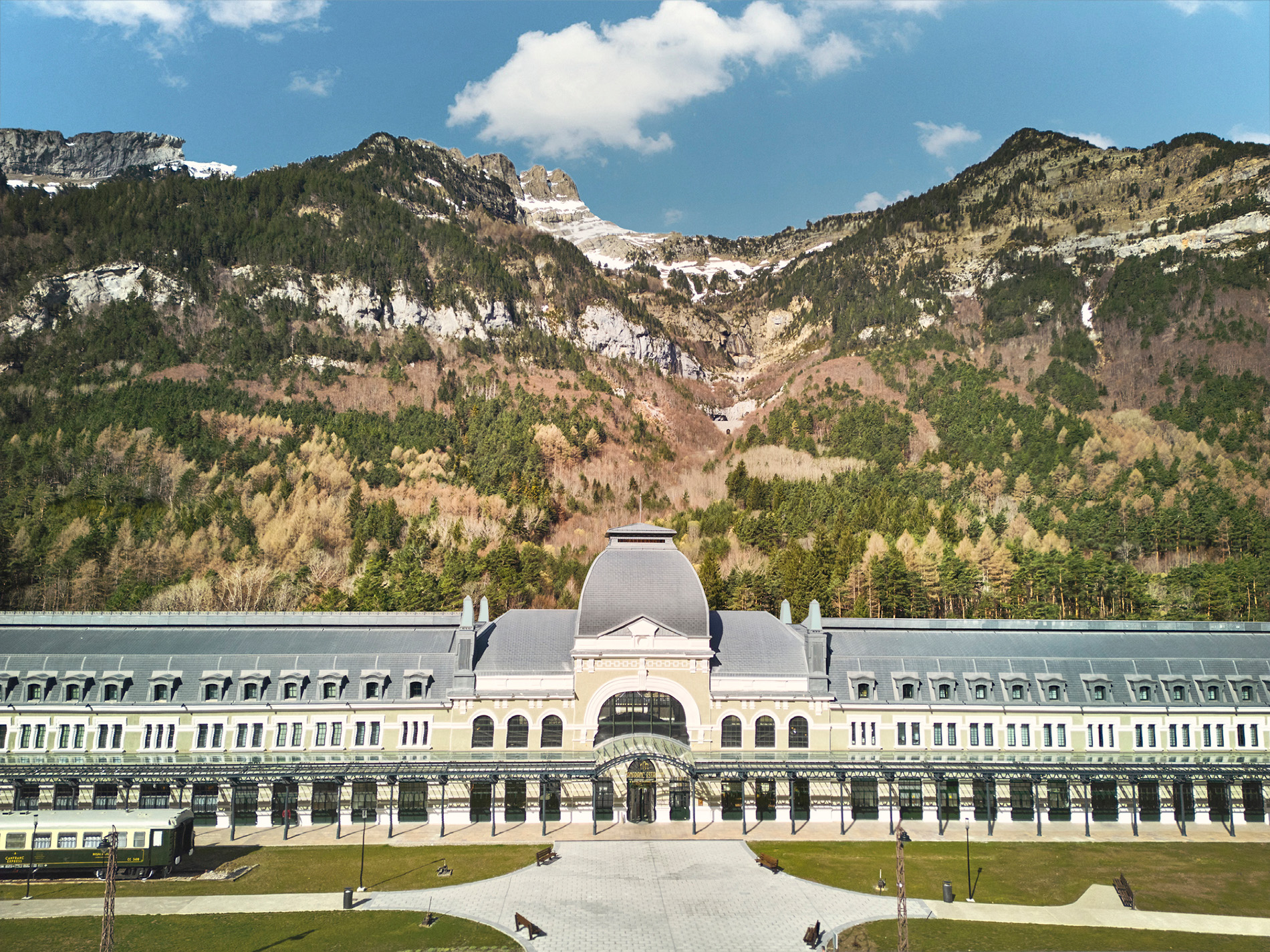In the heart of the Aragonese Pyrenees, almost on the western border with Navarra, is the village of Ansó, declared a Site of Historical and Artistic Interest, which belongs to the Most Beautiful Villages in Spain association.
This small medieval village is a true landmark in the province of Huesca, a charming example of traditional Pyrenean architecture that has retained its essence, in terms of both its architecture, which was built with traditional materials, and its traditions, some of which are notable tourist attractions. The village of Ansó is one of the most beautiful villages in the Aragonese Pyrenees.
Visiting Ansó is a must for anyone exploring the western section of the vast Aragonese Pyrenees, that is, the Jacetania region, whose capital is Jaca (internal link). This is not only because of the beauty of the village itself but also because of its spectacular surroundings. The Ansó and Hecho valleys are two fantastic places for enjoying mountain nature in its purest form.
What to do in Ansó
When visiting Ansó the first thing you should do is get lost amid its cobbled alleyways and let the architecture itself completely envelop you. The buildings, a perfect ode to stone, in harmony with the tiles, the wood and the wrought iron, make up a beautiful built-up area whose origins date back to the thirteenth century. The village is an excellent example of the essence of the Pyrenees. One distinctive feature are the small spaces measuring just half a metre, known as callizos, which separate each house.
Ansó is nestled in its namesake valley, on the banks of the Veral river. In addition to the village as a whole, Ansó is also home to various landmarks notable for their historical and cultural importance. Read on to find out all about them.
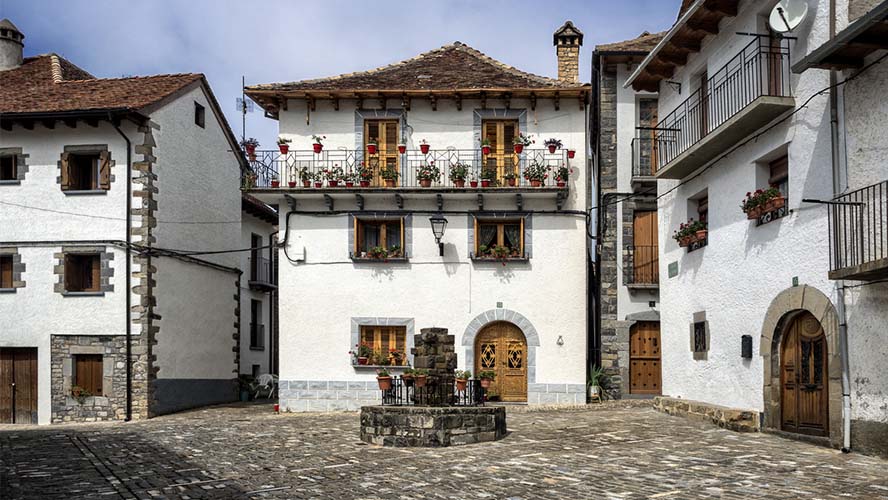
Medieval tower
Ansó’s medieval tower (from the sixteenth century) is one of the village’s most famous sights. According to legend, the tower, declared a Cultural Heritage Site, is where queen Blanche II of Navarra (fifteenth century) remained imprisoned once she was dispossessed of her throne. The tower has four sides and four floors and is built into a house that faces onto the street. It was originally part of a defensive network composed of several turrets built in the fifteenth and sixteenth centuries, a relatively tumultuous period in Aragon’s highlands.
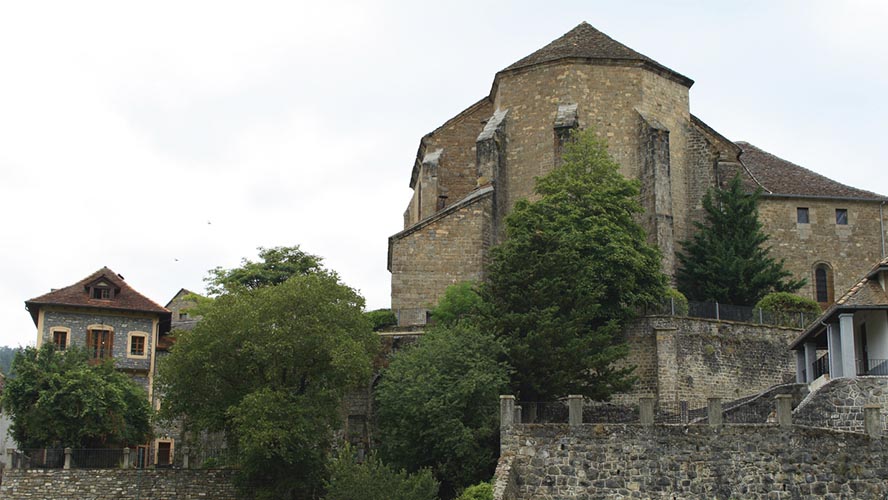
Virgen de Puyeta hermitage
The Virgen de Puyeta hermitage is a small, simple rural chapel situated on the outskirts of Ansó. It is dedicated to the Virgin of Puyeta, the patron saint of the Ansó valley. Each year on 8 September, the virgin’s feast day, a pilgrimage takes place bringing hundreds of people to the hermitage.
San Pedro church
This large church (sixteenth century), owing to its height, stands out above the village of Ansó. The structure contains certain defensive features resulting from the period of great conflict during which the church was built. Inside, an interesting Baroque-style main altarpiece has been preserved.
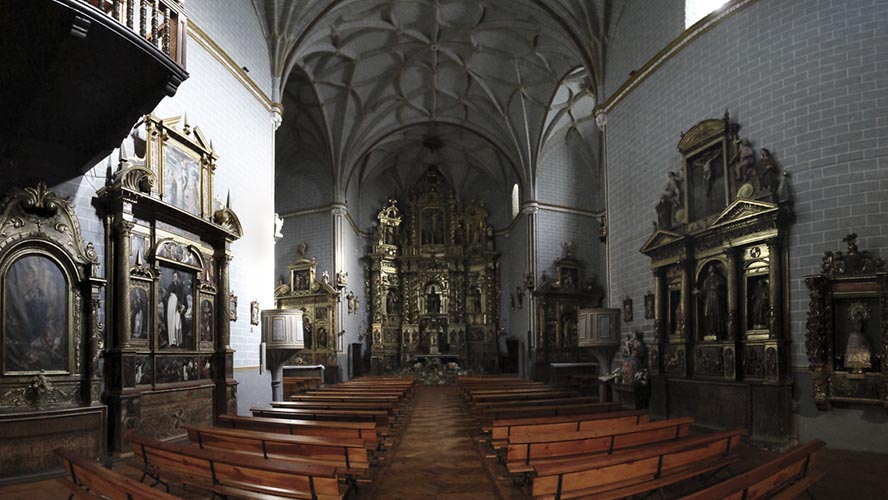
Ethnology museum
Ansó is also home to several small museums that are a great way to learn about the local way of life. The Ansó Costume Museum traces the evolution of the village’s traditional dress, which is one of Europe’s oldest. In fact, the Day of Traditional Ansó Costume is considered a Festival of National Tourist Interest. The Nature Interpretation Centre allows visitors to learn about the Valles Occidentales Natural Park in which the village is located.
Housed within San Pedro church is also the Ethnology and Sacred Art museum. The museum boasts a comprehensive collection of ethnographic objects from the local area, from costumes to looms, ceramics, furniture and other traditional items, which are rounded off by a collection of religious objects from the sixteenth to eighteenth centuries. One notable piece is the papal bull issued by Pope Gregory XIV in which Ansó was granted status as a town.
Where to eat in Ansó
Although it is small in size, Ansó boasts several restaurants where you can enjoy Pyrenean gastronomy. What sets apart the gastronomy of the Aragonese Pyrenees are bordas aragonesas, country houses that have been converted into restaurants. Due to their shepherding origins, many bordas are situated in inaccessible places, which means they cannot be reached during much of the winter owing to the snow.
Some of the best bordas aragonesas are found in the Ansó and Hecho valleys:
- Borda Arracona (Ansó)
- Borda Chiquín (Ansó)
- Borda Bisaltico (Hecho)
The village also has various bars and restaurants, such as Berari, Kimboa and Maiberal. All of them serve typical Aragonese dishes and typical mountain fare, from grilled meat to hearty soups.
The Ansó and Hecho valleys: what to visit
Ansó is just the tip of the iceberg when it comes to this spectacular area of the western Pyrenees. From the small medieval village you can extend your stay by visiting the Ansó and Hecho valleys where you can enjoy countless excursions.
One of the most popular routes from Ansó is the one that leads to the Aguas Tuertas valley, a beautiful, unchallenging path with a length of six kilometres (there and back). You can also keep on going until the spectacular Estanés glacial lake.
Another popular walk from Ansó is the one that leads to Gamueta forest, regarded as the finest veteran forest in the Pyrenees. In Gamueta you can see magnificent specimens of silver fir and beech trees, which is why autumn is the best season to visit so you can enjoy the spectacle of colours.
As if that wasn’t enough, close to Ansó is the Foz de Biniés, a natural canyon where you can walk for around three kilometres with magnificent panoramic views.
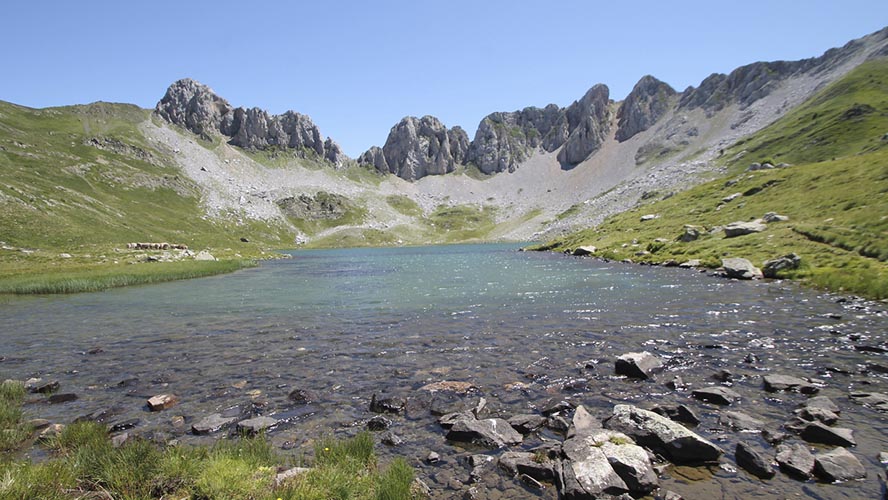
From Ansó you can make the jump to the neighbouring Hecho valley (internal link), starting with Hecho itself, another beautiful Pyrenean village.
One of the most famous places in the Hecho valley is Selva de Oza (internal link), a lush natural area crossed by a river and surrounded by mountains over 2,300 metres in height. You can also do some hiking routes in Selva de Oza to really get to know this spectacular area.
The Hecho valley offers many more active and cultural things to do, such as hiking routes, canyoning and visiting heritage including San Pedro de Siresa monastery.
Rutas de senderismo en los alrededores
El valle de Ansó ofrece múltiples posibilidades para los amantes del senderismo, con rutas adaptadas a todos los niveles. Una de las rutas más emblemáticas es la que conduce hasta el valle de Aguas Tuertas, cuya indudable belleza quedará grabada en tu retina para siempre.
También podrás caminar a los diferentes ibones que salpican las cimas que rodean los valles, como el ibón de Acherito o el ibón de Estanés, rutas de nivel intermedio que ascienden hasta los 2.000 metros de altitud.
Si prefieres quedarte por una zona más baja, la ruta al valle de Zuriza, cuya carretera de acceso parte desde el propio Ansó. Esta ruta es muy recomendable en otoño, cuando los colores de los hayedos alcanzan su máxima expresión.

































































